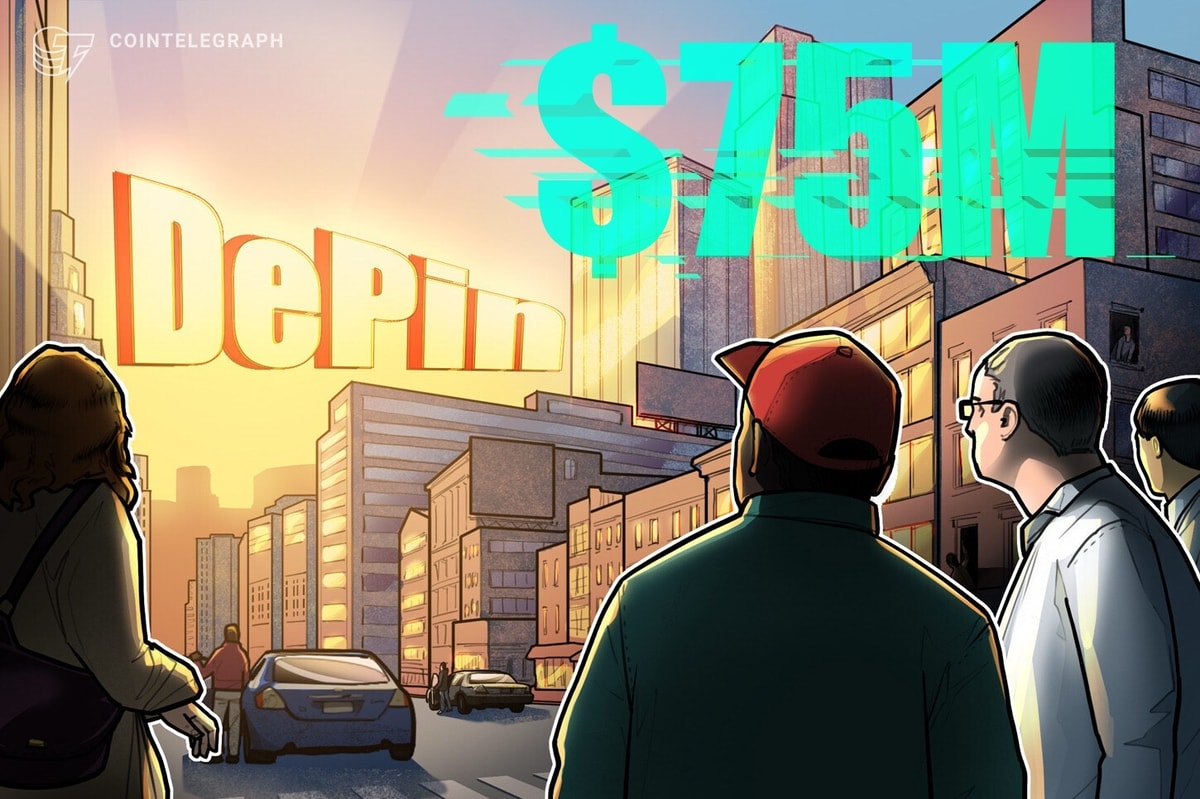Daylight, a decentralized physical infrastructure network (DePIN) focused on making a distributed solar energy network, has raised $75 million to expand its solar coverage network across the United States.
Daylight offers solar energy to its customers as a subscription-based service, eliminating the high upfront costs of buying and installing panels and batteries that may cost consumers over $30,000. The project's testnet went live in 2024.
The network generates revenue through its subscription-based energy service and by feeding excess energy back into the grid. Customers share within the revenue by collecting “sun points” for his or her contribution to the decentralized solar network. The introduction of a token is planned for the long run.
According to an announcement from Daylight, enterprise capital firms Framework Ventures, a16z Crypto, Lerer Hippeau, M13, Room40 Ventures, EV3 and Turtle Hill Capital are participating within the financing round.
Average solar cost per kilowatt hour for every state within the United States. Source: EnergySage
DePINs display how decentralized technology can have real-world use cases by aligning customer and business incentives to create a strong, community-owned infrastructure comparable to the legacy centralized system.
The current energy grid cannot meet the demands of high-performance computing
Artificial intelligence data centers and other high-performance computing facilities comparable to crypto miners require significant amounts of energy, which puts a strain on the ability grid.
Increased demand from the technology sector could also increase prices for consumers. According to Bloomberg, wholesale energy prices near data centers have increased a whopping 267% since 2020.
AI training and the centralized data centers that power AI could trigger a world energy crisis, Greg Osuri, founding father of Akash Network, an open-source marketplace where users can deploy and buy computing power, told Cointelegraph.
The energy demand for AI data centers is anticipated to proceed to rise in 2030. Source: IEA
The solution to that is to decentralize the information center business by sourcing computing power from distributed sources, including consumer-grade personal computers with graphics cards and firms that use industrial-grade computer processors.
“Once the incentives are found out, this may take off like mining,” he told Cointelegraph in September.
Tech giants like Google, Amazon, Meta and Microsoft are already exploring alternative energy sources to power their AI data centers and reduce dependence on the grid.
Amazon signed a take care of Talen Energy in June for 1,920 megawatts (MW) of nuclear power for its AI data centers and repair facilities in Pennsylvania.

